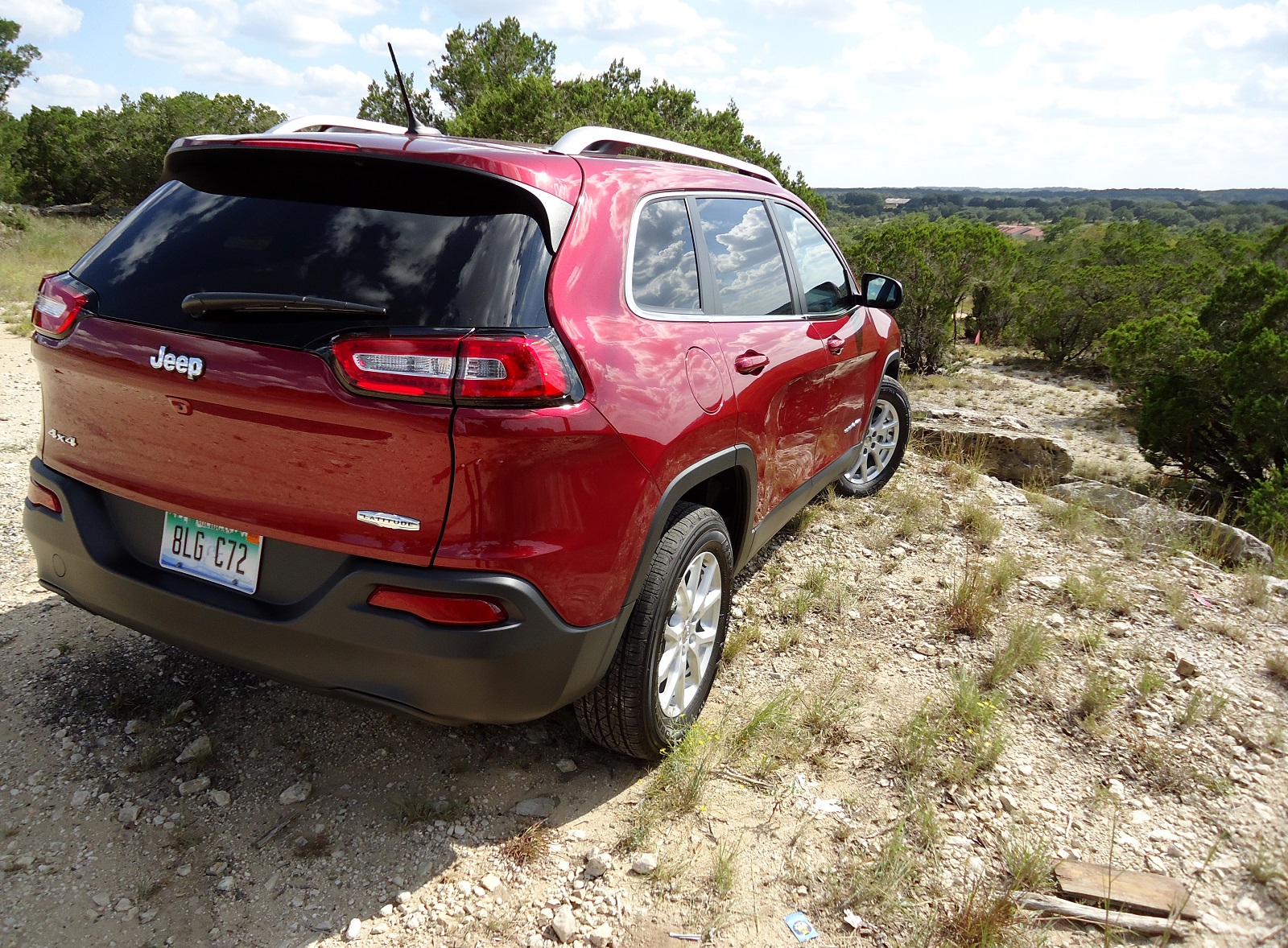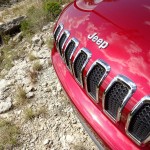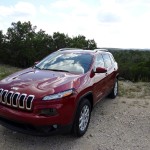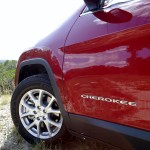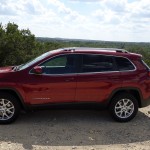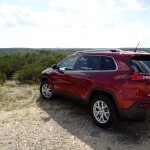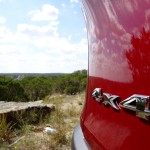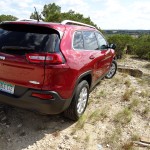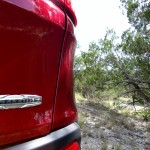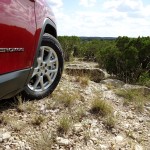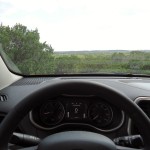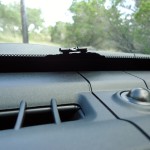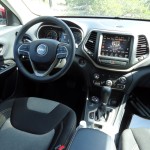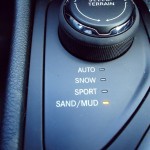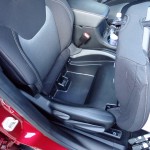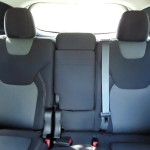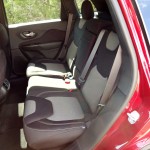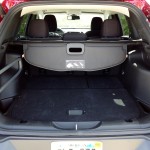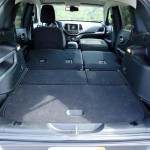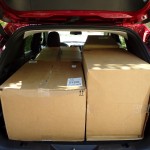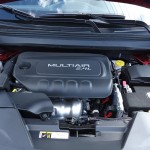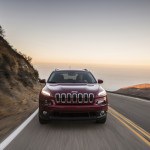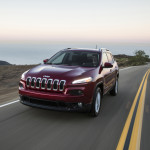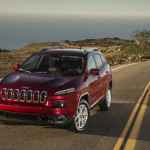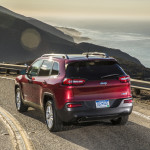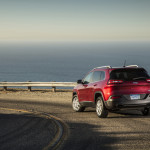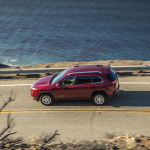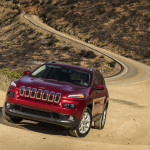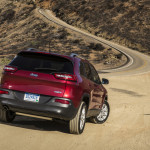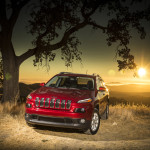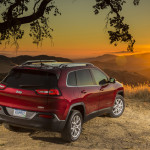JK-Forum Reviews the 2014 Cherokee Latitude 4X4
Whenever an automaker relaunches an iconic model, some people have money ready to spend on it. Others have their doubts about whether the new version will be any good. Everyone has questions, including you all. When I announced I’d be reviewing the 2014 Jeep Cherokee, a nameplate the company brought back to North America, you sent a few of them my way. Some of them are below. I’ve also added other questions that the rest of you might want answered.
“What about its looks?”

To say you all hated the appearance of the new Cherokee when you saw an early photo of it would be an understatement. Honestly, I had the same reaction when I caught a glimpse of it for the first time online. I thought it looked bizarre. Two of my buddies, one of whom grew up in a Jeep-owning family, blasted it for being too radical — a visual departure from other seven-slat rigs. No wonder Jeep describes its styling as “revolutionary.”
However, I must admit that my opinion changed when I laid eyes upon my tester in the metal. Its rich Deep Cherry Red paint and black lower-body trim made for a subdued, handsome color scheme. Every new Cherokee has the familiar grille up front, but it’s raked back toward the windshield about halfway up. Combine that with the dramatic slits made for LED daytime running lights, and you have a mid-size SUV that is simultaneously visually striking and alienating to anyone who’s seen a Jeep before. The gradual dip-and-rise of the beltline adds softness; that’s offset by square wheel arches.
Overall, the new vehicle is not ugly by any means. It just takes some getting used to.
“What’s the interior like?”
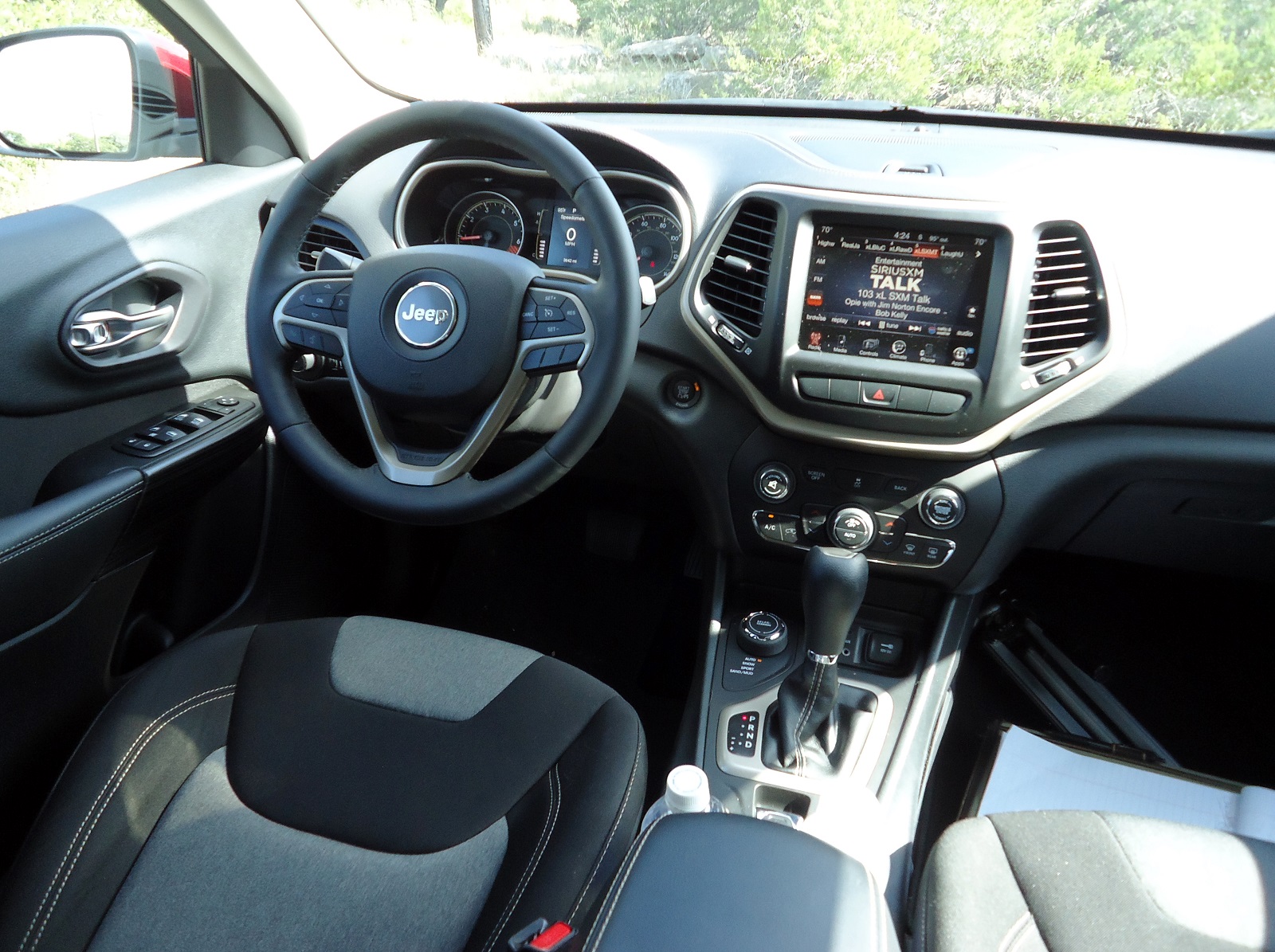
My $29,985 review vehicle had plenty of helpful features, such as automatic headlamps; keyless entry, unlocking and starting; a power liftgate and an 8.4-inch touchscreen that allowed me to access SiriusXM satellite radio and a high-speed Wi-Fi hotspot. The materials on the upper door panels and dashboard were soft to the touch.
There were numerous storage spaces front-to-back. The center armrest had lower and upper compartments. The door pockets were spacious. There were even useful cavities in the floor of the rear cargo area.
I had a comfortable amount of legroom in the second row. When I needed to transport boxes containing two twin sinks and other large housewares, I seriously doubted the Cherokee would be able to fit all of them, but I was proven wrong. No shoehorning required.
“Nine-speed auto?”
(Submitted by Mountain Man Tim)
Yep, nine speeds – a segment exclusive. I respect Jeep’s ambition; however, there’s a big difference between respecting a choice and liking its outcome. The smoothness of the ZF 9HP’s shifts left nothing to be desired. My biggest complaint was about the gearbox’s inability to relax. It was as if it was trying too hard to be sporty. For instance, when I was entering the highway from an on-ramp with a very slight grade, I looked at the tach and noticed the transmission was shifting past 6,000 rpm. It soon shifted again north of 5,000. Even when I was driving down the streets in my neighborhood at lower speeds, the unit held on to gears for too long. That tendency didn’t fade away when I swapped cogs “manually.” The tranny seemed to upshift when it wanted to, although it was more compliant when I directed it to downshift.
It was connected to the Cherokee’s base engine, a 2.4-liter MultiAir2 Tigershark I4. Its 184 horsepower and 171 pound-feet of torque were adequate motivation for two tons of SUV, but the power plant sounded coarse and unrefined at times. In fact, I occasionally heard an outright booming noise in the cabin.
“How is it on-road?”
I’ve had media fleet vehicles in the past that were so damn big that I didn’t feel comfortable totally relying on their back-up cameras while in reverse because I was still afraid of scraping the sides or tapping the back bumper on something. That changed with the Cherokee. Its 182-inch length and 73.2-inch width were easy to move around in parking lots and tight spaces without concern. I had no problem seeing past the hood. On the down side, I only got around 21 mpg in mixed driving. The Cherokee Latitude 4X4 is officially rated for 21 in the city, 28 on the highway, and 24 combined.
“How is it off-road?”
Unfortunately, I wasn’t able to take the Cherokee out to an off-highway vehicle park. I did get a chance to drive it multiple times through an uneven, rocky, stump-strewn dirt field, though. To prepare, I merely switched the Selec-Terrain System to its Sand/Mud mode to alert the Jeep Active Drive I set-up that it was about to handle something other than pavement. Despite the bumpy surface and my criss-crossing over it, I was able to effortlessly steer and not worry about my thumbs getting snapped off by the leather-wrapped wheel. The ride atop Chrysler Group’s Compact U.S. Wide platform was surprisingly composed – not once did I bite my tongue when the all-season Firestone Destination LEs hit chunks of half-buried stone.
“Does it do any justice to the previous generation?”
(Submitted by jk_sea)
Clearly, the new Cherokee looks nothing like the old XJ. It doesn’t have the upright, utilitarian styling of its predecessor. It doesn’t even resemble the Liberty. If your definition of “justice” is “the ability to tear it up in the rough stuff,” my evaluation rig’s Jeep Active Drive I, which lacks low range, might not deliver it. Kathy Graham, Chrysler Group Media Relations’ product public relations manager for C- and D-segment vehicles, likened the setup to an all-wheel-drive system when I spoke to her on the phone.
You really need to look at the modern Cherokee lineup as a whole to get the best idea of how it stacks up against the old model. You can get low range and a two-speed power transfer unit in Jeep Active Drive II, which is available on the Sport, Latitude, and Limited trim lines. The Cherokee Trailhawk is equipped with Jeep Active Drive Lock that adds a locking rear differential. It also features a rock setting for its Selec-Terrain system, as well as skid plates, a one-inch factory lift, and “Trail Rated” status. Graham told me it “would give the most similarity to the original Cherokee.”
“Is it worthy of being called a ‘Jeep’?”
(Submitted by jk_sea)
When I think of a Jeep, I typically picture the Wrangler — something simple and rugged made out of right angles. I’m used to seeing it in off-roading magazines and videos, and on the streets with big tires and no doors. In the Cherokee Latitude’s defense, I don’t think it’s meant to be a Jeep in the traditional sense of mud-slinging and boulder-climbing (it can be equipped with Jeep Active Drive II, though). Latitude models, according to Graham, “appeal to folks who had been buying CR-Vs and RAV4s.” She said Jeep needs to continue to grow and to sell more vehicles. A Cherokee variant that attracts mid-size SUV buyers who occasionally leave paved roads will contribute to that growth. For those who want to conquer nature with four wheels, there’s the Trailhawk.
If you look at the more robust 4WD systems available on the Cherokee and consider the fact that Jeep crossed the Rubicon Trail with one (outfitted with rock rails), the newest generation seems quite deserving of its four-letter badge. The transmission definitely needs some fine-tuning, though.
The cut-and-dry numbers make an even more positive, academic case for this reborn legend. Consumers seem to have passion – something with which Jeep states it’s been associated for nearly 75 years – for it. In August, 26.5 percent of the vehicles Jeep sold carried a Cherokee badge. When it comes to calendar-year-to-date figures, you’ll see that percentage only drops to 24.6. Graham said Latitude models make up 40 to 50 percent of YTD Cherokee sales.
Check out photos of the 2014 Jeep Cherokee Latitude 4X4 in the galleries below.
Chime in with your thoughts on the forum. >>
LIVE
CORPORATE
via [JK-Forum], [Chrysler] and [SAE]
corporate photos [Jeep]


